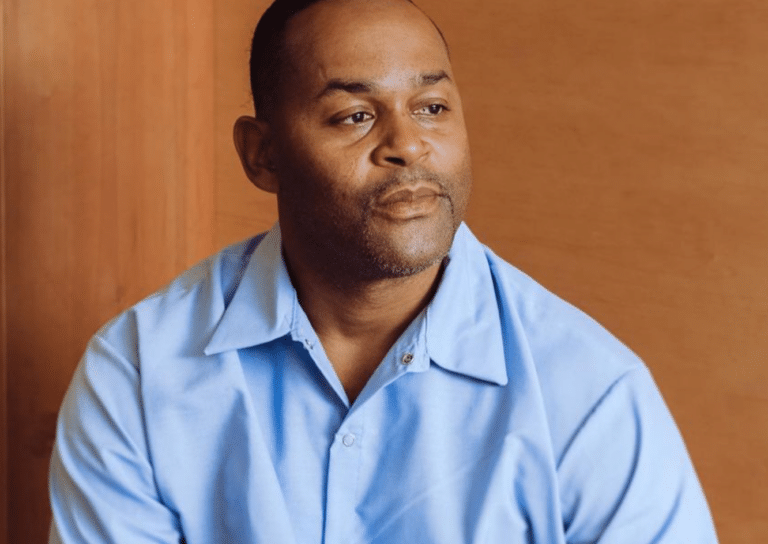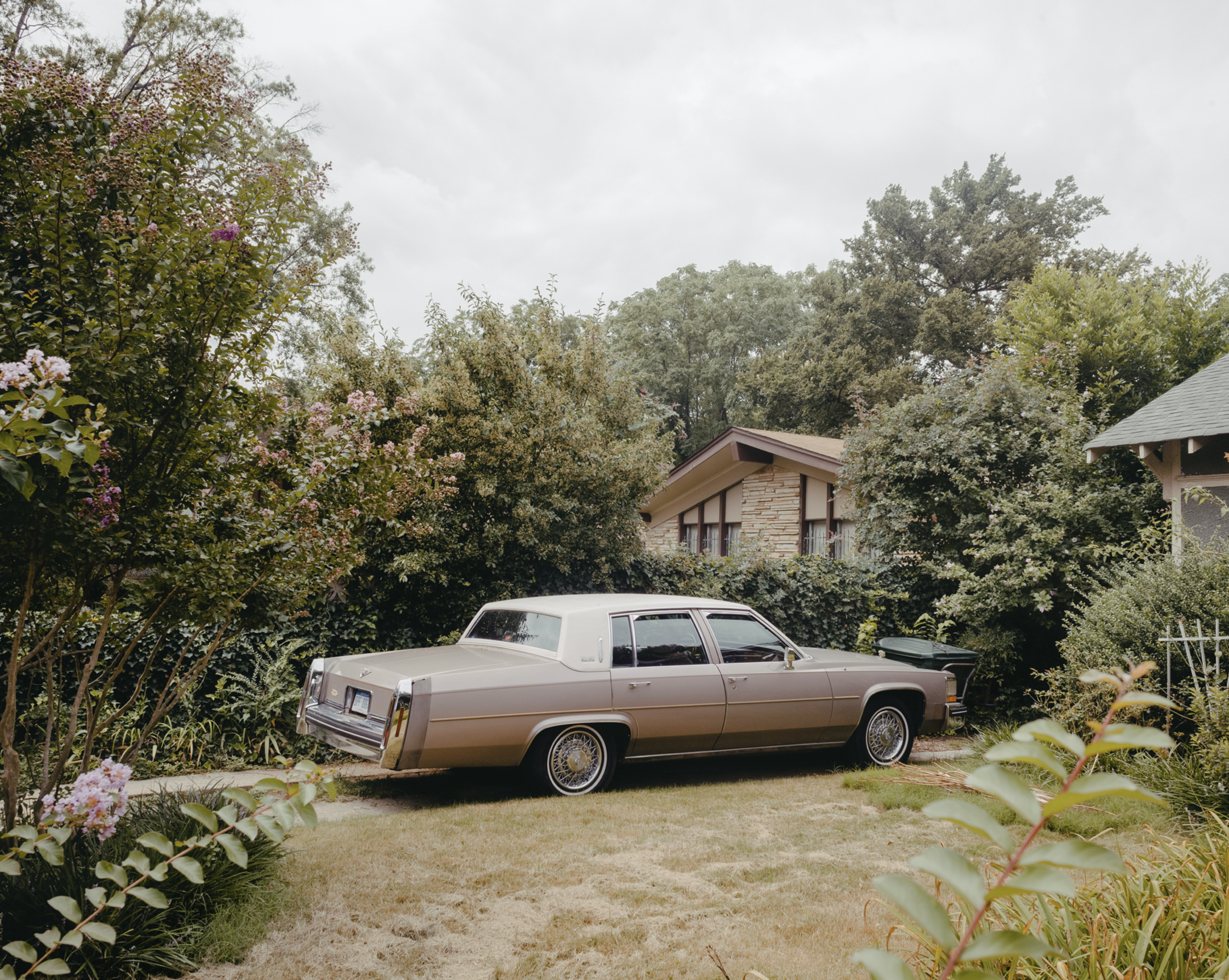
Image by Whitten Sabbatini.
Reimagining Richmond
By Michael H. Smith
I’m attending a conference in Washington, D.C and it’s finally lunch break. I’ve been inside one room all morning and this break is my first opportunity to grab a bite to eat and hopefully, sit near a window with some sun. Conference attendees are milling about, and as most breaks during conferences go, conversation with other attendees is a high likelihood. However, if you’re like me, you’d much rather find a nice seat alone and scroll through email or social media. Fortunately for me, my wish doesn’t come true and another attendee grabs a seat across from me. He immediately jumps into conversation. He’s a seasoned community organizer out of New York City, with experience globally and domestically. We exchange introductions and he proceeds to ask, “So, what brings you to this work?” Given we’re at a conference focused on public housing and resident organizing, I give a response related to this subject-matter:
“I’m interested in dismantling structural racism in housing policy and preserving housing for existing residents.”
Unenthused with that response, he reframes his question: “What about you do you bring to this work?”
I really just want to finish my lunch, but I think a bit more about his question and proceed to go into detail about my personal journey and the values I seek to carry along with me. He affirms my response, but still wants to dig deeper:
“Where do these values you carry come from?”
This lunch is not getting eaten. I begin discussing my time in different cities, my experiences in college, the town I grew up in, and the church I attended.
“That’s it! That’s where you first experienced this work. The church!”
Lunch ends and the sandwich I had is barely touched. And on top of that, I’m left asking myself the rest of the day, “What does church have to do with my work in affordable housing policy?” Throughout the rest of the day, I’m reflecting on that conversation, until I finally understand what he was attempting to teach me.
Perhaps similar for some of you, the Black Baptist church was foundational to my upbringing. It was this multi-generational, familial place that shaped my understanding of the world around me. And it was also the place that unknowingly shaped my interpretation of what it means to advance racial equity in the built environment. The Black church was the first place I experienced the values that have sustained Black families and communities for generations.
Values such as:
Respect of elders;
Solidarity in the pursuit of joy;
Trust and love of your neighbor; and
The determination for collective liberation.
Now, I’m not a pastor and don’t intend to be, so I won’t go into a sermon. I also recognize that we all have various relationships to the institution of church, so I don’t necessarily assign these values solely to the institution. However, I do believe these values can serve as a guide to how we model racial equity in our methods of engagement, decision-making, and economic investment in Richmond neighborhoods.

Respect of Elders
Essential to building an equitable city is the understanding of what inequities your city is seeking to address. Yes, investing in well-researched analyses of these inequities is important, but if these analyses are not fully understood and embraced by those who have experienced these inequities first-hand, the work of achieving real equity falls short. That’s why the voices and perspectives of elders are critically important. Without their stories, their traditions, and their guidance, our work isn’t adequately rooted. And in a city like Richmond, where the Black population decreased 7% from 2000-2016, the opportunity to capture and build upon these voices is slipping by.
How do we embody respect when engaging our elders in a neighborhood planning process? What opportunities do we have to strengthen intergenerational learning and collaboration? One example I think of is the community planning process implemented in the Hill District neighborhood of Pittsburgh by the Neighborhood Resilience Project (formerly known as FOCUS Pittsburgh). I was fortunate to work in the Hill District during this time and to this day, this particular planning process remains the most respectful, healing, and democratized planning I’ve ever witnessed. The planning work focused on one particular block—2900 block of Webster Avenue—and included all residents and institutions that called that block home. Many of the residents were older and were either born in the Hill District, or had raised their families there. With such a rich and nuanced perspective on the strengths, weaknesses, and opportunities for the Hill District, gathering their input during this process required something often not endorsed in the work of planning and developing a community: patience. Patience meant spending time on the front-end building trust and communion, independent of a particular outcome. Sometimes patience meant suspending roles and titles, allowing the space to be free of real and perceived hierarchy. And crucially, patience meant allowing the process to evolve naturally, providing residents the time to follow their own path towards a sense of ownership and trust of the process. And in the end, the members of that community unveiled their plan in one of the most inspiring community meetings I’ve been fortunate to be part of. The sense of pride amongst their block was palpable.
This work of engaging our elders is not only possible in Richmond, but imperative.
….
Interested in diving deeper? We invite you to contribute to the conversation surrounding this project and more with our Miro board.
Share your reflection